This Is How To Prevent Muscle Loss While Taking Mounjaro or Ozempic
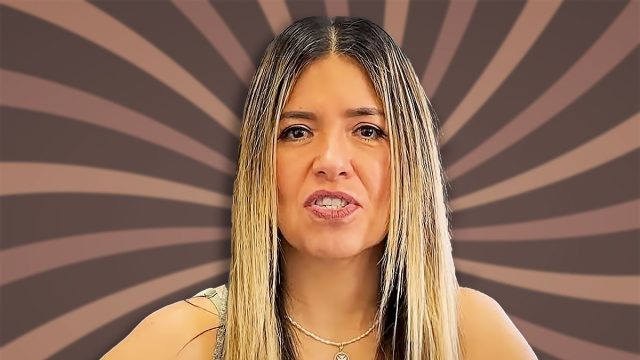
Many of us starting weight loss medications focus solely on the number on the scale dropping. But what if that weight loss includes precious muscle? Recently, Dr. Matt Reuschle, PT, DPT, CSCS, a Physical Therapist, shared insights with his wife, Giuliana Reuschle, 48, who successfully lost 20 pounds on Mounjaro. Their conversation reveals crucial strategies to ensure you're losing fat, not muscle, while on these medications. Read on to discover how to protect your muscle mass during your weight loss journey.
Weight Loss Shots Don't Discriminate Between Fat and Muscle
Medications like Mounjaro and Ozempic work primarily by reducing how much you eat, but they don't specifically target fat cells. "When we're looking at doing something like Mounjaro or any weight loss shot, what we're looking at more than anything is, are we losing weight that is good weight to lose?" Dr. Reuschle explains in his post. These medications limit your food intake, leaving your body to decide what to use for energy—and that could include your muscles.
RELATED: 15 Things to Know Before Requesting Ozempic for Weight Loss
The Dangerous 1:1 Ratio

Losing equal amounts of muscle and fat creates an unhealthy body composition. "If you lose one pound of muscle per pound of body fat, that ends up really, really bad for you," Dr. Reuschle warns. Even though the scale shows weight loss, your body fat percentage could actually increase relative to your muscle mass. Your goal should be a healthy body composition with significantly more muscle than fat.
Healthy Body Composition Goals
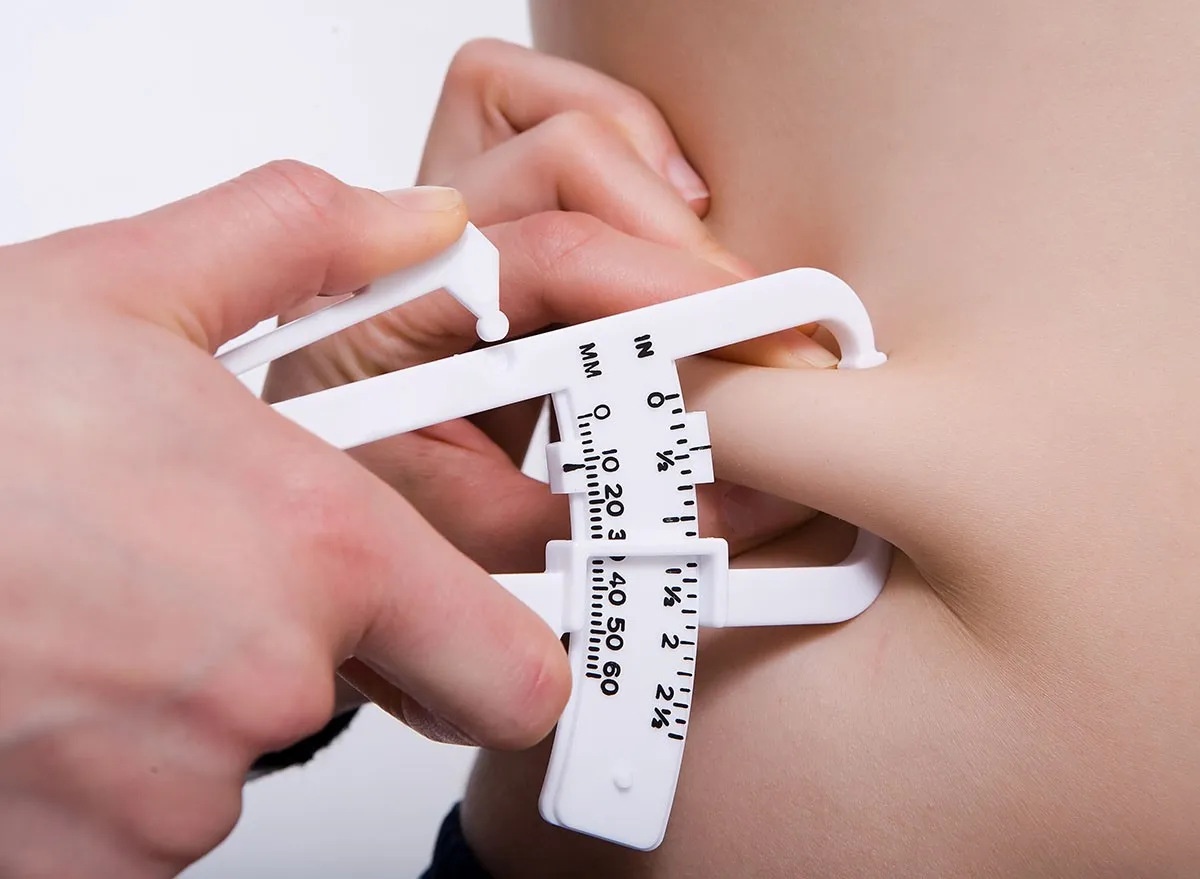
What should you aim for? According to Dr. Reuschle, a healthy goal might be "like 25%, 22% body fat." To achieve this, you need to be strategic about your weight loss. "We need to lose a lot more fat than we need to lose muscle," he emphasizes. This means creating conditions where your body preferentially burns fat while preserving or even building muscle tissue.
Protein Is Non-Negotiable
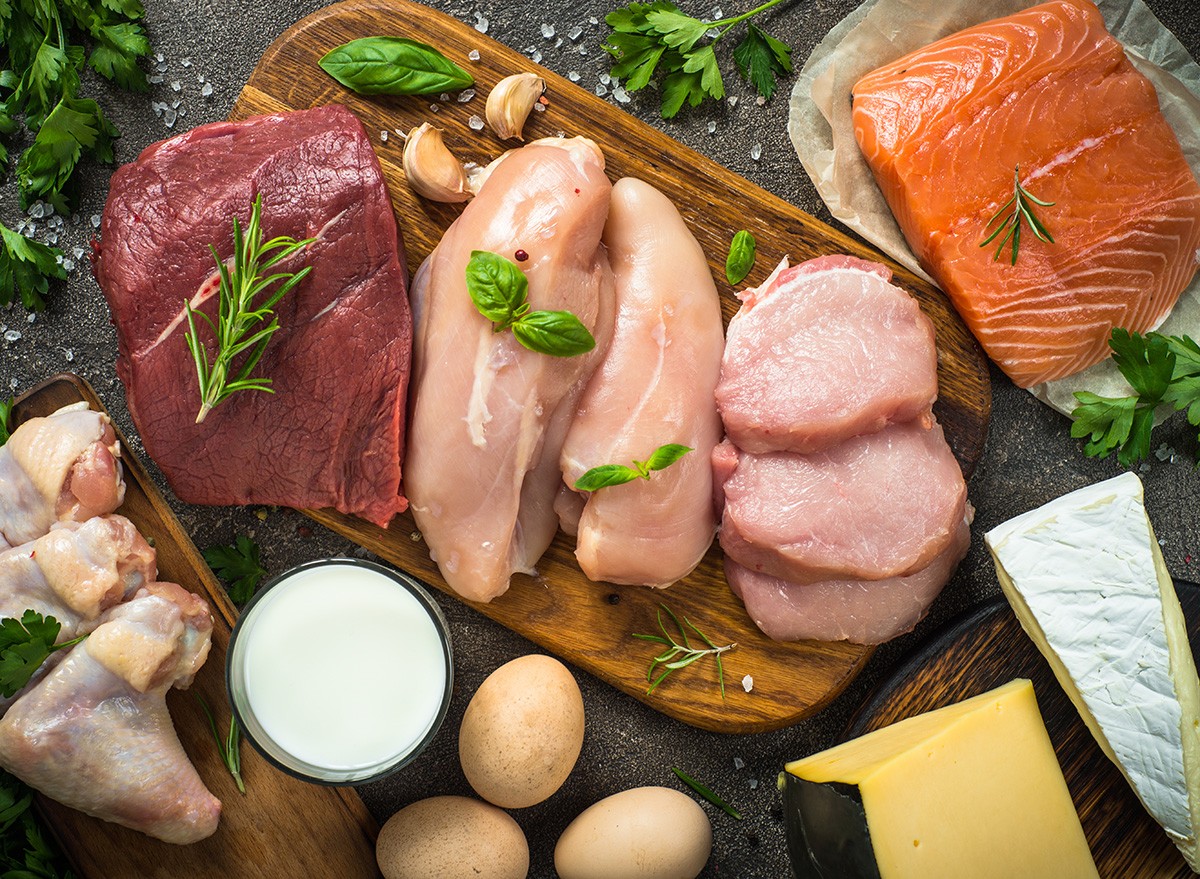
One of the most important strategies is increasing your protein intake. "We need to stimulate muscle growth and muscle retention through your diet. So, number one, we need to raise your protein," Dr. Reuschle advises. Dietary protein itself signals your body to maintain muscle mass, even when you're in a calorie deficit.
RELATED: 5 Things to Know Before Taking a GLP-1 Drug, According to a Nurse Who Takes It
You Must Eat Protein Even When You're Not Hungry
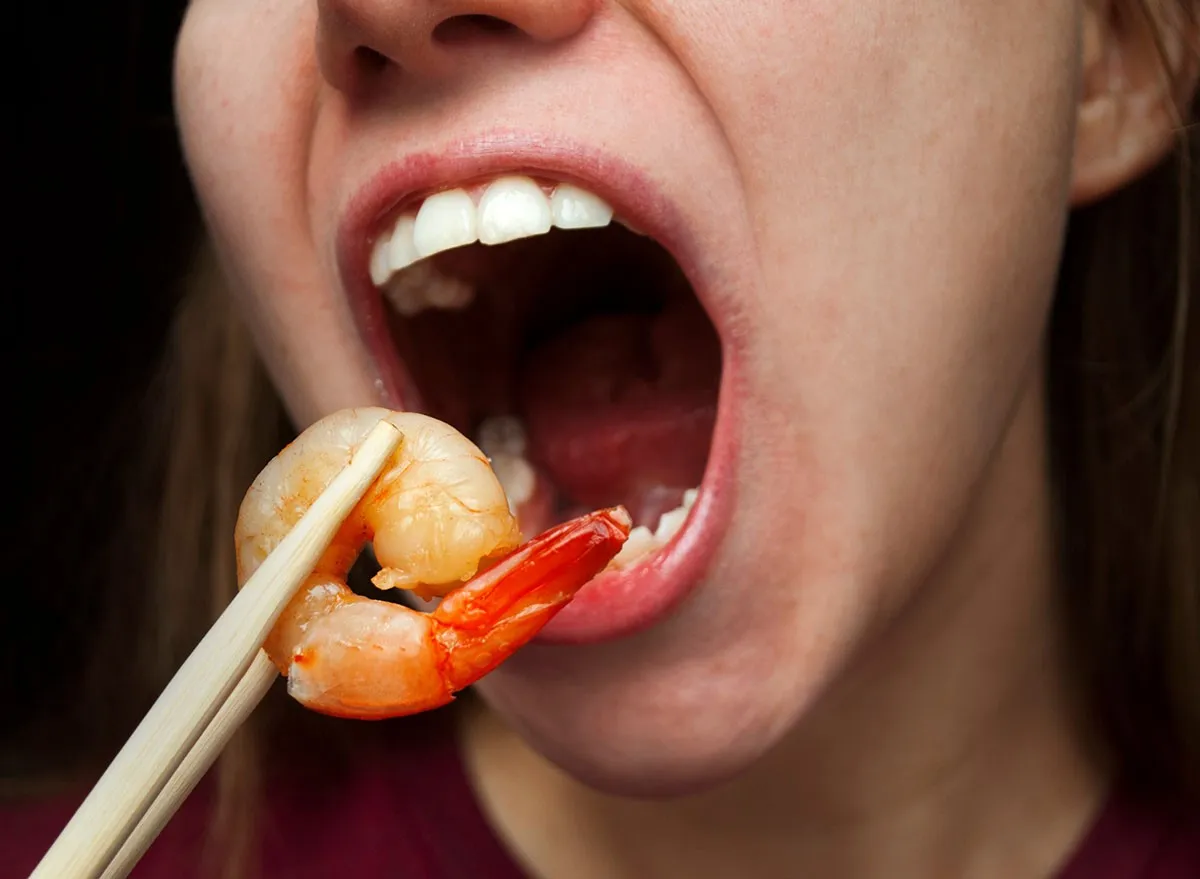
One of the challenges with medications like Mounjaro is dealing with suppressed appetite. However, Dr. Reuschle stresses, "even though you're not hungry, you have to eat proteins." This might mean prioritizing protein-rich foods when you do feel able to eat, rather than filling up on other options that don't support muscle maintenance.
Focus on Real Food Protein Sources
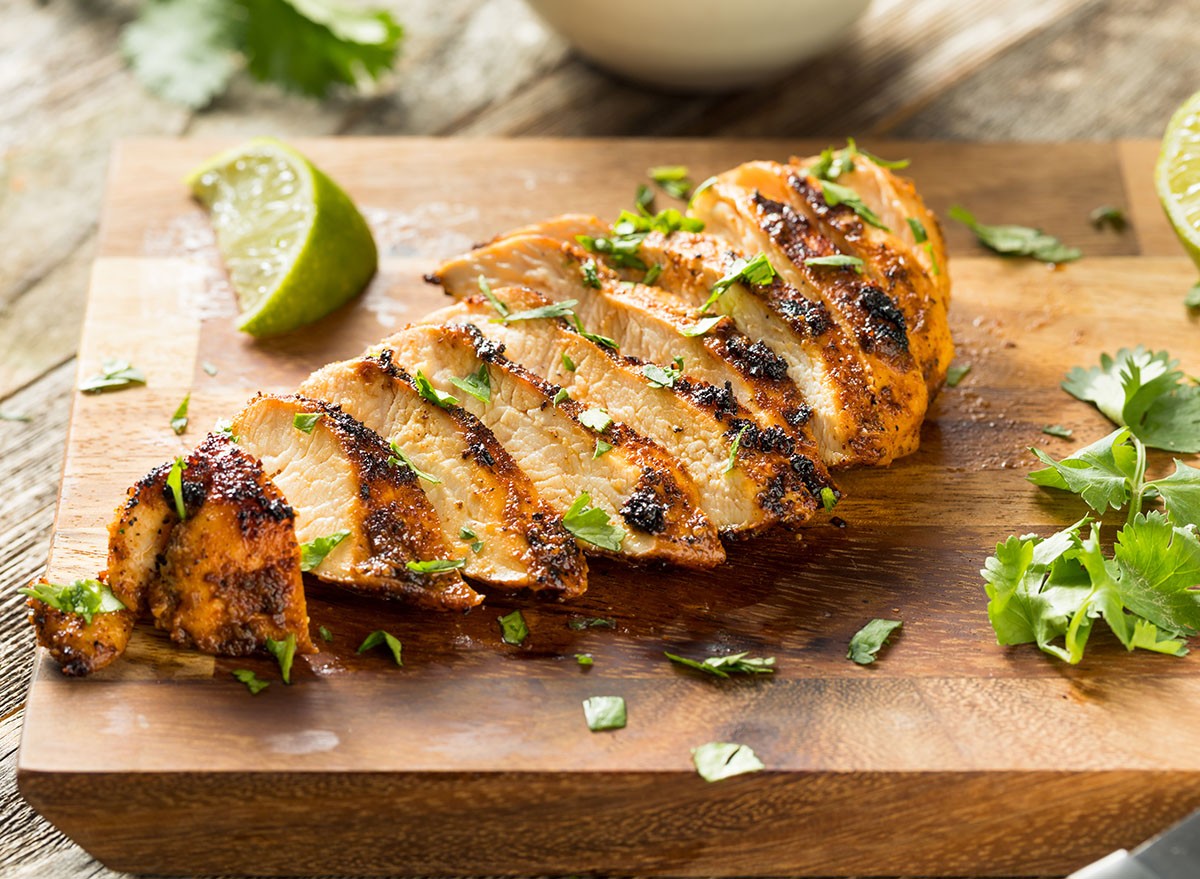
Supplements aren't enough on their own. "We're talking dietary proteins, not really just like powders and supplements," says Dr. Reuschle. He recommends focusing on whole food sources: "We're talking you need to eat things like chicken and fish and meat and other protein sources." For those with dietary restrictions, plant-based proteins can also work effectively.
Resistance Training Is Essential
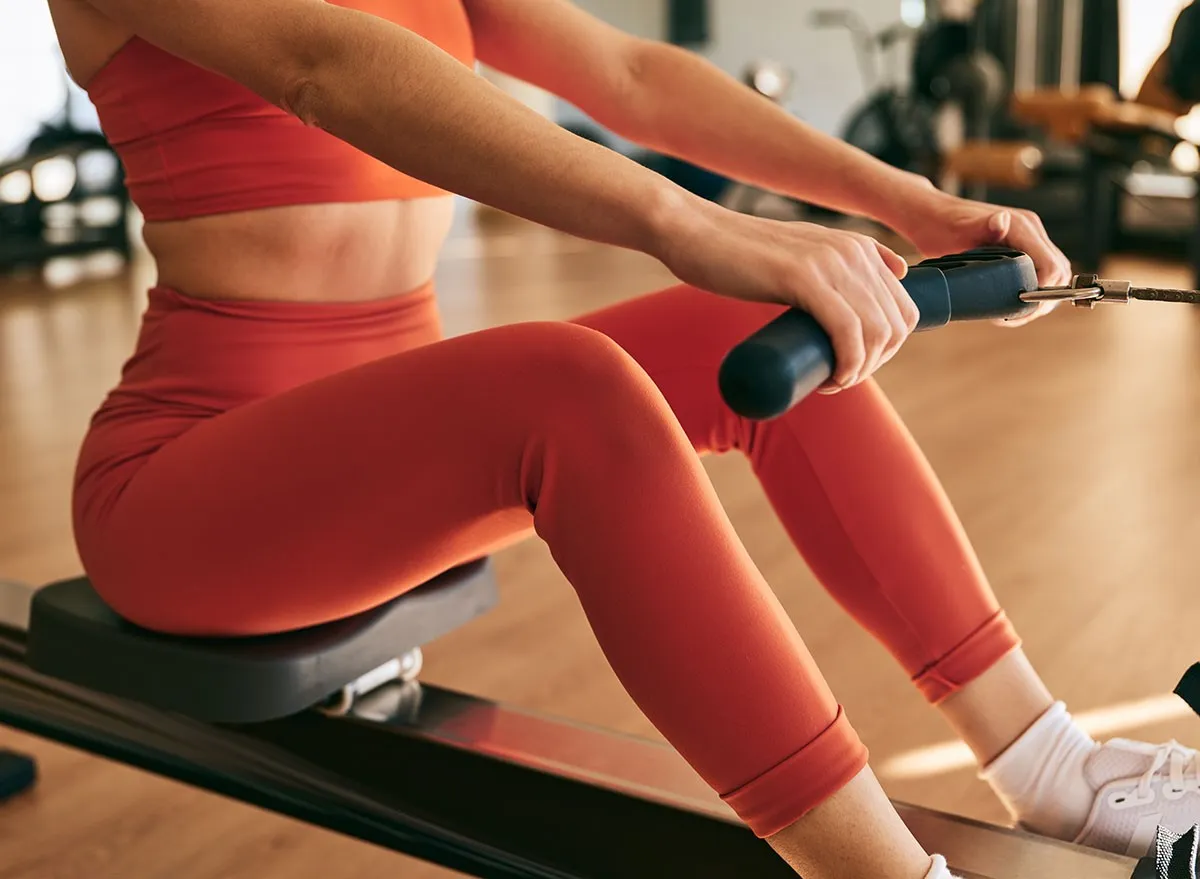
Diet alone isn't enough—you need the right kind of exercise too. Dr. Reuschle explains that you need to "work out in such a way that you're doing resistance exercise that causes your body to have a stimulus to build and retain muscle mass." Weight training creates the physical signals that tell your body muscle is valuable and worth keeping, even during weight loss.
RELATED: 20 Possible Ozempic Side Effects
Why Cardio Alone Won't Work

Many people assume cardio is the best exercise for weight loss, but Dr. Reuschle cautions against relying solely on it. "Just doing cardio is not going to be a great fit. In fact, cardio is a stimulus for your body to shed mass and muscle mass in general because it's expensive and it's hard to move through cardio." While cardiovascular exercise has many benefits, it should complement, not replace, resistance training during your weight loss journey.
The Winning Combination
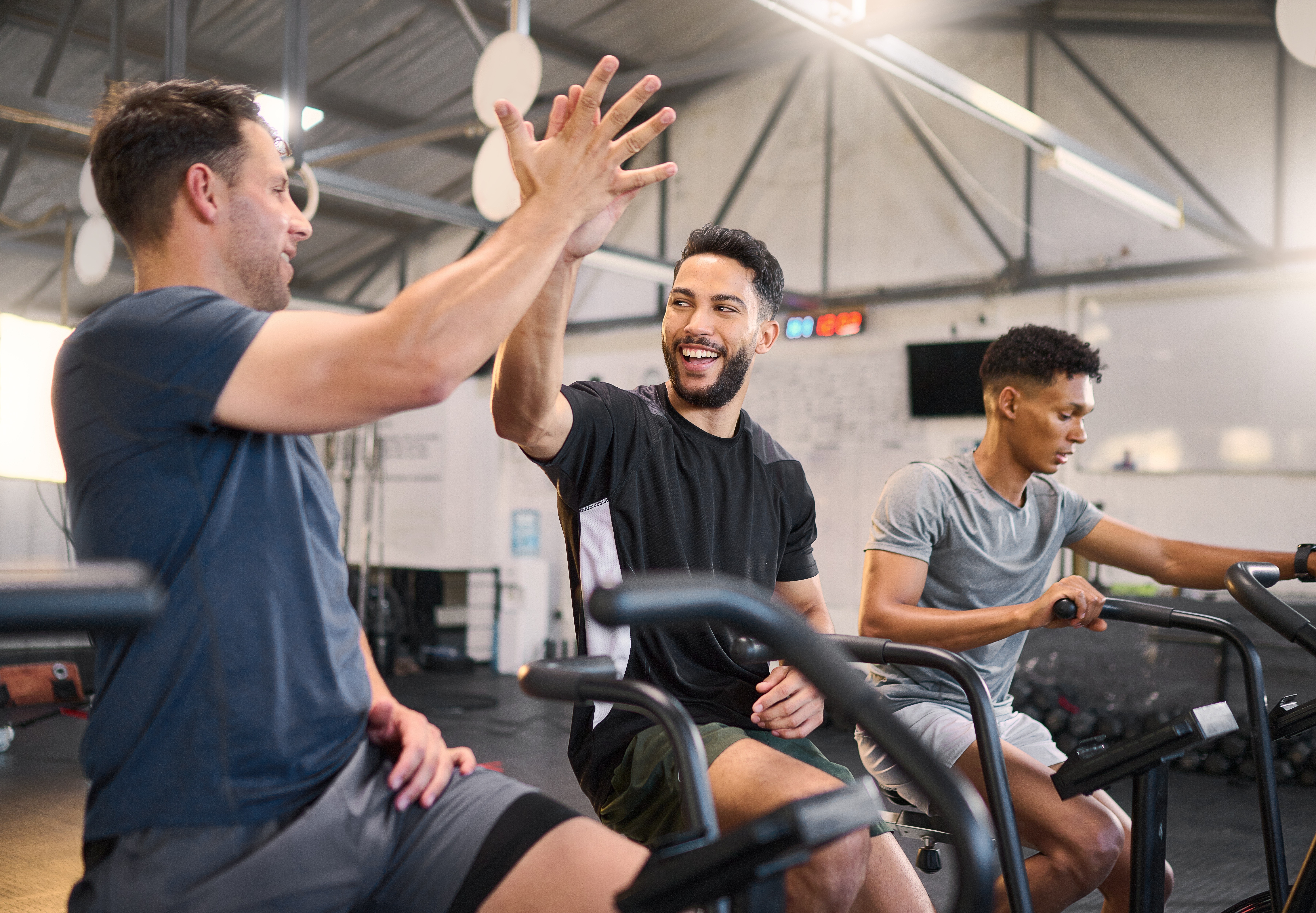
The most effective approach combines increased protein intake with regular resistance training. "We wanted to do resistance training along with raising the protein, which helps to stimulate your body to retain muscle mass while shedding that fat mass at the same time," Dr. Reuschle summarizes. This two-pronged strategy creates the optimal conditions for preserving lean tissue while losing fat.
Planning Your Meals Around Protein
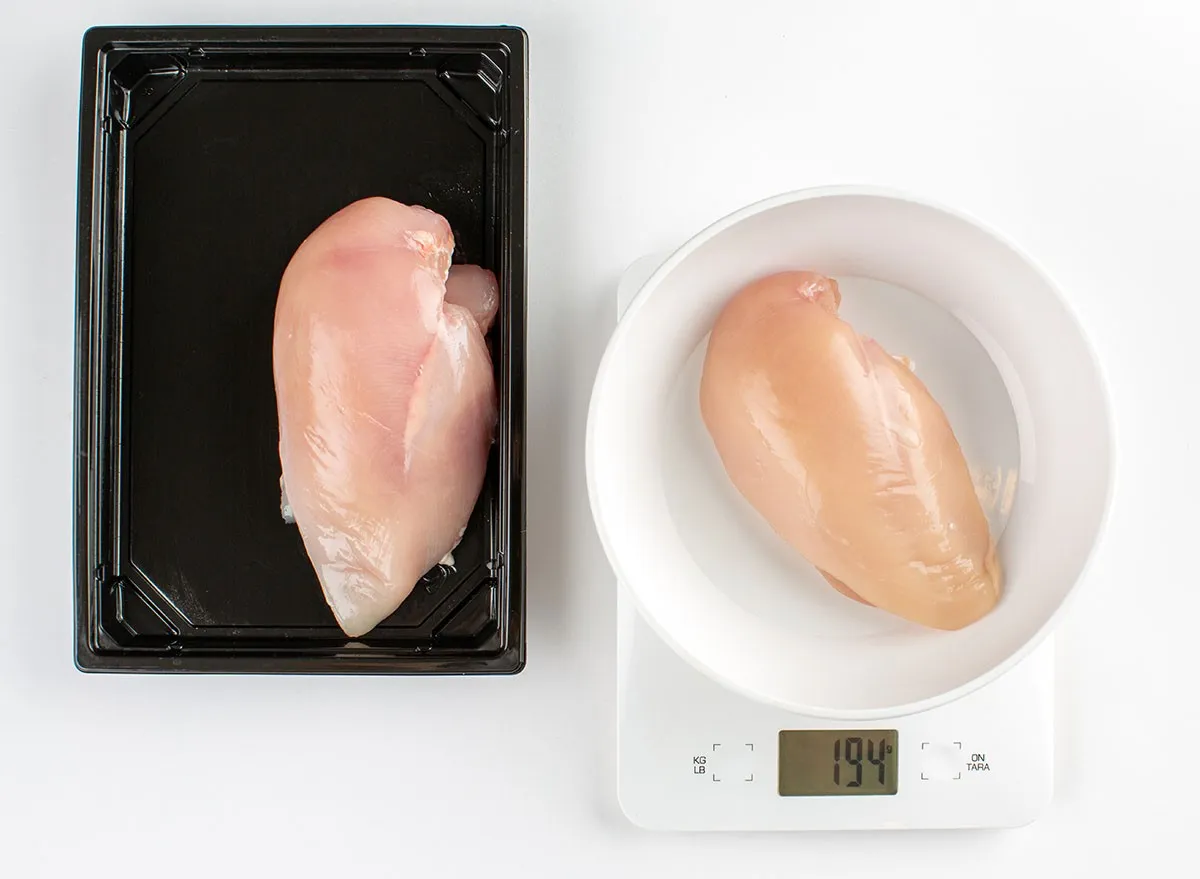
With a reduced appetite, meal planning becomes crucial. According to Northside Hospital, "For best results, try to consume 20-30 grams of high-quality protein per meal, which will help stimulate MPS [muscle protein synthesis]." Try to incorporate protein in every meal, even if portions are smaller. Lean meats, fish, eggs, dairy, beans, and legumes can all contribute to your daily protein needs. Planning protein-forward meals and snacks ensures you're getting what your muscles need even when eating less overall.
Setting Up Your Resistance Training Routine

If you're new to resistance training, follow this advice from Cleveland Clinic: "Pushing the muscle to fatigue is a key factor. Choose a weight that is heavy enough to fatigue your muscles in eight to 15 repetitions. As exercise becomes easier, you can progressively increase the amount of resistance." Start with 2-3 sessions per week focusing on major muscle groups. Include exercises like squats, lunges, chest presses, rows, and shoulder presses. You don't necessarily need a gym membership—bodyweight exercises and resistance bands can be effective, especially for beginners.
RELATED: What Happens to Your Body When You Stop Taking Ozempic
Monitoring Your Progress Beyond the Scale

While the number on the scale matters, it doesn't tell the whole story. Harvard Health research shows that "A combination of resistance and aerobic exercise was more effective in preserving muscle mass and increasing physical function than either type of exercise alone in older obese people on weight-loss diets." Consider tracking body measurements, how your clothes fit, or even getting body composition testing done. These metrics can show if you're successfully maintaining muscle while losing fat, even if weight loss seems slower than expected. And if you enjoyed this article, don't miss 20 Incredible Ozempic Success Stories of All Time.




